Lincoln Center for the Performing Arts (also simply known as Lincoln Center) is a 16.3-acre (6.6-hectare) complex of buildings in the Lincoln Square neighborhood of Manhattan in New York City. It has thirty indoor and outdoor facilities and is host to 5 million visitors annually. It houses nationally and internationally renowned performing arts organizations including the New York Philharmonic, the Metropolitan Opera, and the New York City Ballet. Juilliard School of Music also became part of the Lincoln Center complex.
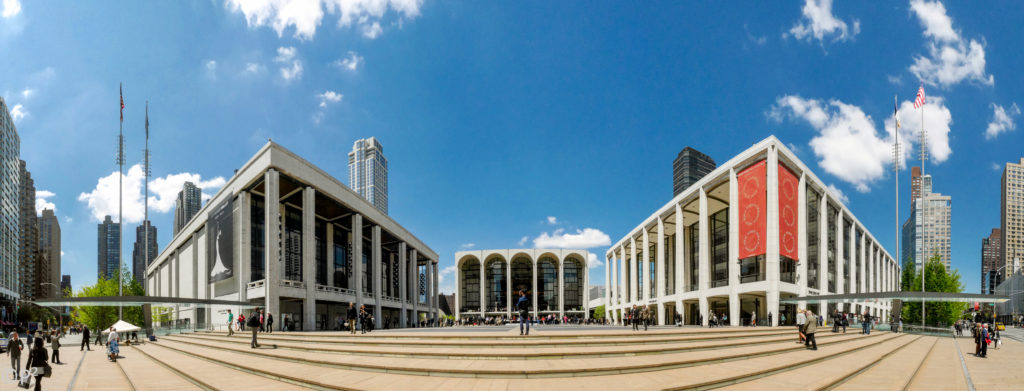
Planning
A consortium of civic leaders and others led by, and under the initiative of, John D. Rockefeller III built Lincoln Center as part of the “Lincoln Square Renewal Project” during Robert Moses’ program of urban renewal in the 1950s and 1960s. Respected architects were contracted to design the major buildings on the site, and over the next thirty years, the previously diverse working-class area around Lincoln Center was replaced with a conglomeration of high culture to please the tastes of the consortium.
Rockefeller was appointed as the Lincoln Center’s inaugural president in 1956, and once he resigned, became its chairman in 1961. He is credited with raising more than half of the $184.5 million in private funds needed to build the complex, including drawing from his own funds; the Rockefeller Brothers Fund also contributed to the project. Numerous architects were hired to build different parts of the center (see § Architects). The center’s first three buildings, David Geffen Hall (formerly Avery Fisher Hall, originally named Philharmonic Hall), David H. Koch Theater (formerly the New York State Theater), and the Metropolitan Opera House were opened in 1962, 1964 and 1966, respectively.
It is unclear whether the center was named as a tribute to U.S. President Abraham Lincoln or for its location in the Lincoln Square Neighborhood. The name was bestowed on the area in 1906 by the New York City Board of Aldermen, but records give no reason for choosing that name. There has long been speculation that the name came from a local landowner because the square was previously named Lincoln Square. However, property records from the New York Municipal Archives from that time have no record of a Lincoln surname; they only list the names Johannes van Bruch, Thomas Hall, Stephan de Lancey, James de Lancey, James de Lancey, Jr. and John Somerindyck. One speculation is that references to President Lincoln were omitted from the records because the mayor in 1906 was George B. McClellan Jr., son of General George B. McClellan, who was general-in-chief of the Union Army early in the American Civil War and a bitter rival of Lincoln’s.
The Metropolitan Opera House…


David Geffen Hall…

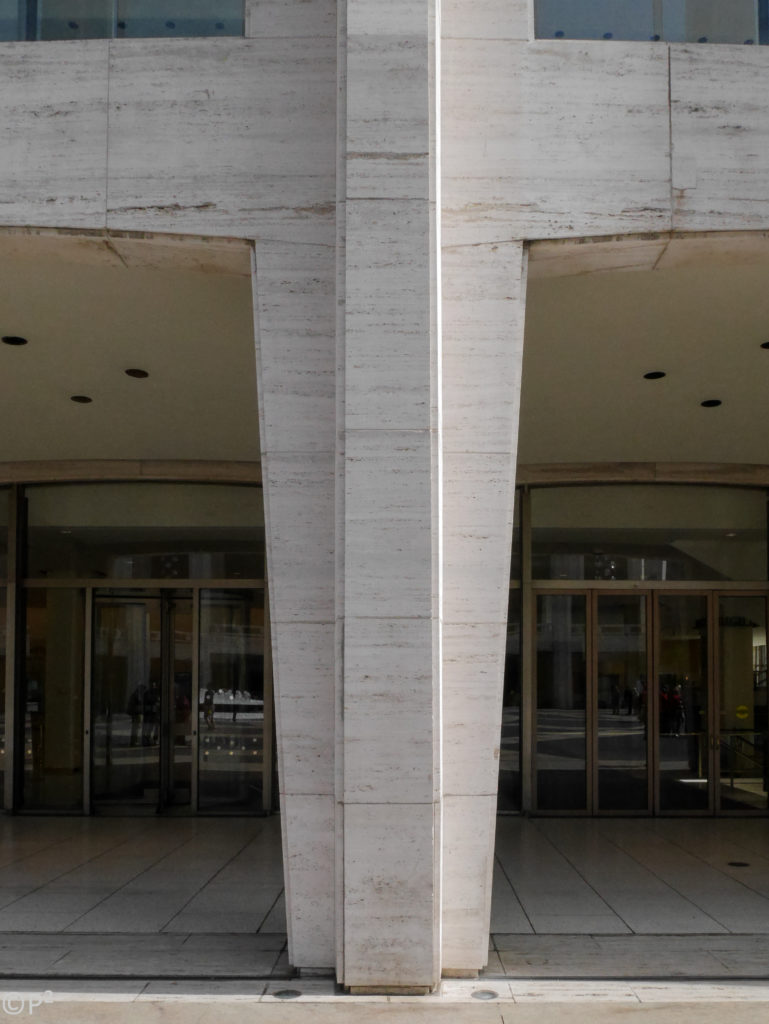

The David H. Koch Theater…
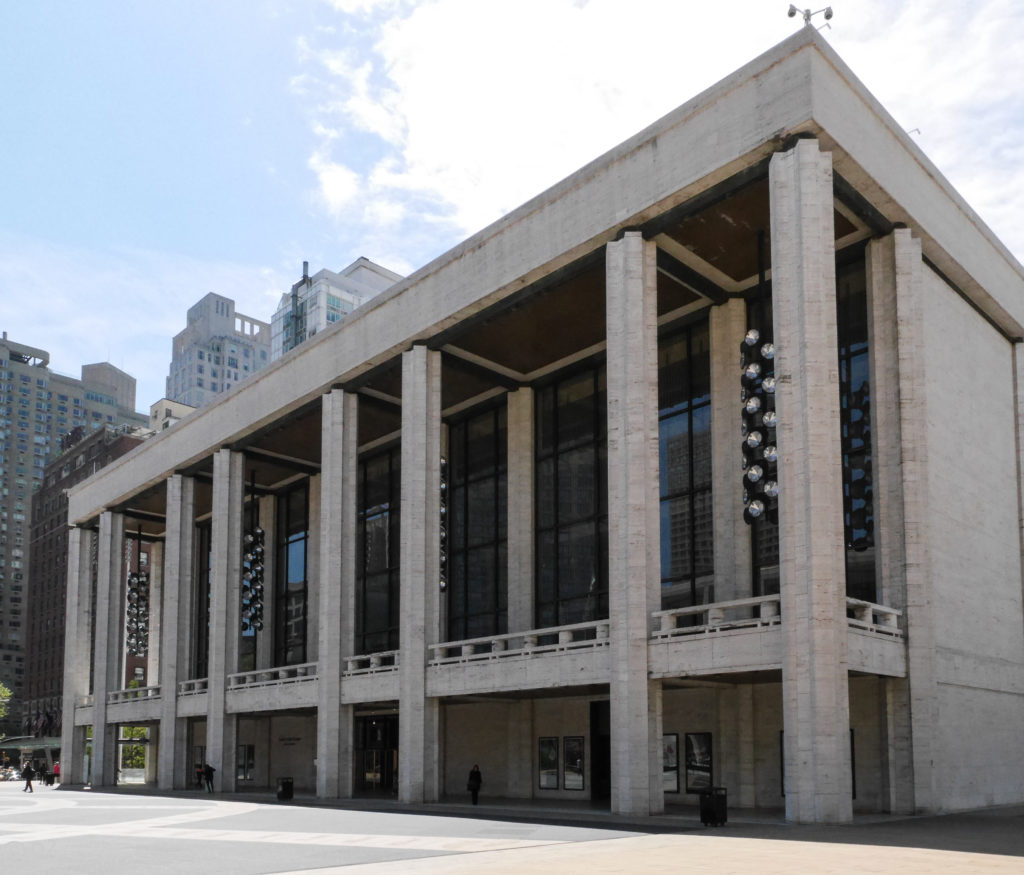

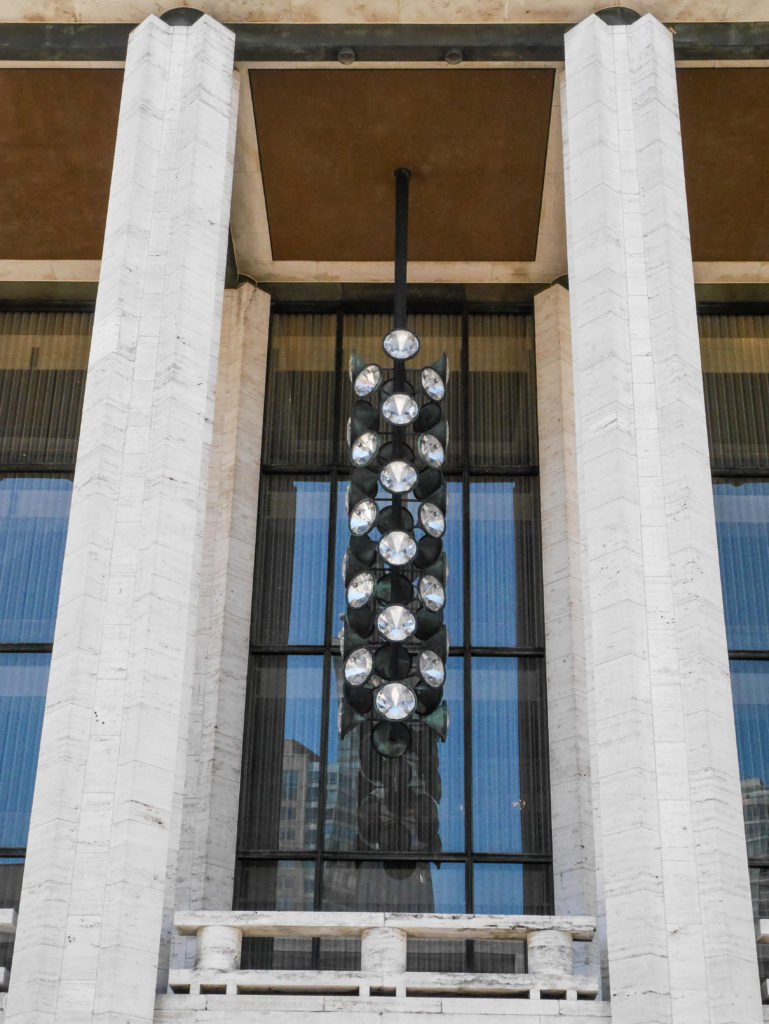
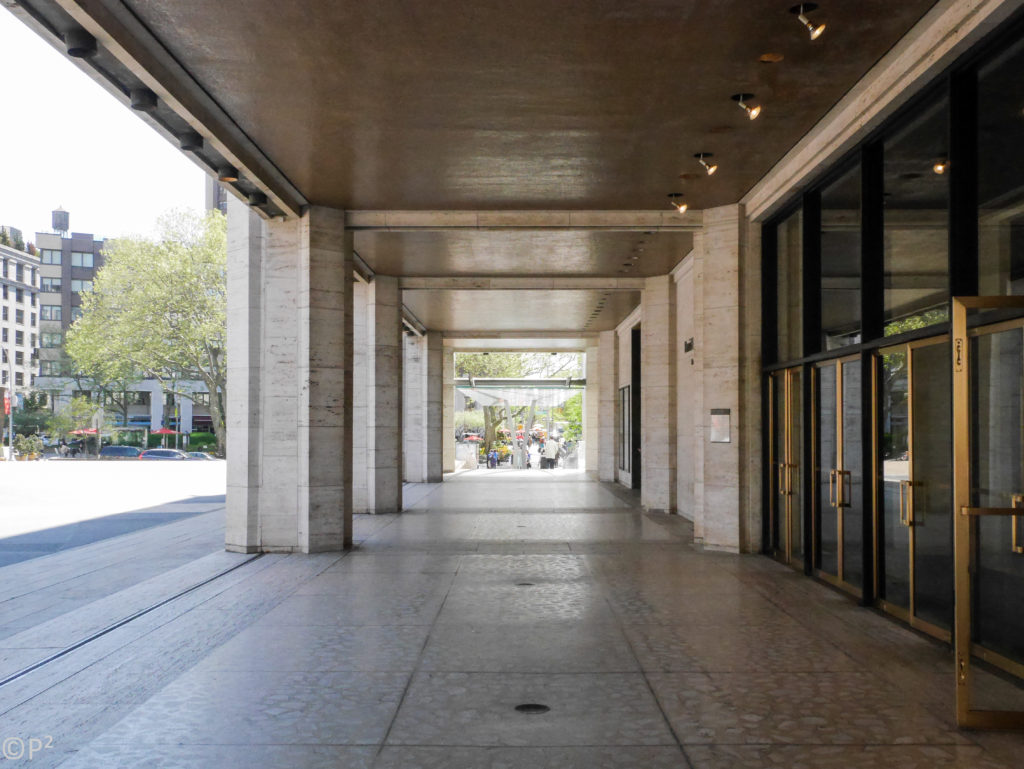

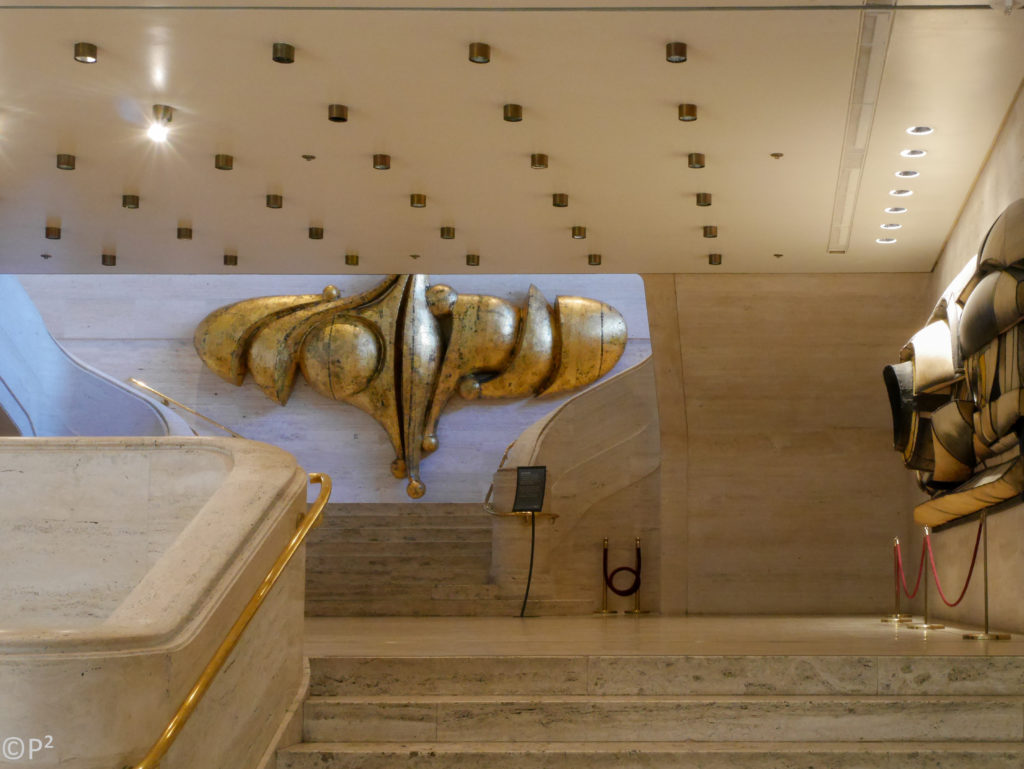
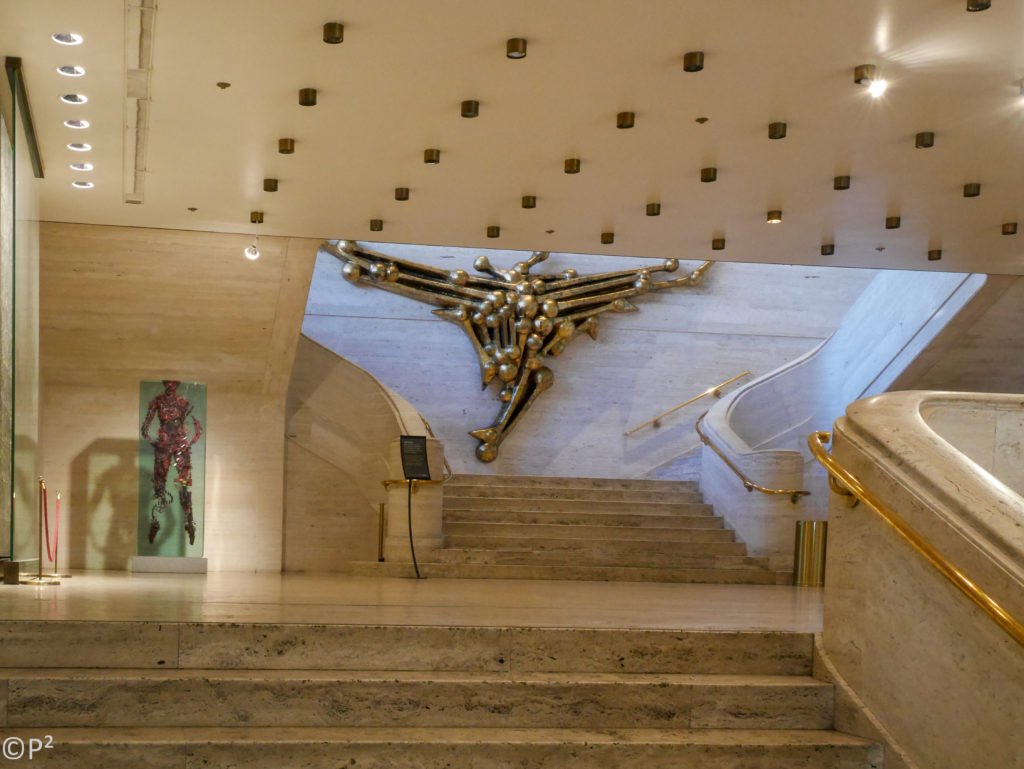
Construction milestones
In 1955, the first city institution to commit to being part of the Lincoln Square Renewal Project, an effort to revitalize the city’s west side with a new performing arts complex that would become the Lincoln Center for the Performing Arts, was the Fordham Law School of Fordham University. In 1961, Fordham Law School was the first building to open as part of the renewal project, and in 1968, Fordham College at Lincoln Center welcomed its first students.
The development of the condominium at 3 Lincoln Center, completed in 1991, designed by Lee Jablin of Harman Jablin Architects, made possible the expansion of The Juilliard School and the School of American Ballet.
The center’s cultural institutions also have since made use of facilities located away from the main campus. In 2004, the center expanded through the addition of Jazz at Lincoln Center‘s newly built facilities, the Frederick P. Rose Hall, at the new Time Warner Center, located a few blocks to the south. In March 2006, the center launched construction on a major redevelopment plan that modernized, renovated, and opened up its campus. The redevelopment was completed in 2012 with the completion of the President’s Bridge over West 65th Street.

Renovations
When first announced in 1999, Lincoln Center’s campuswide redevelopment was to cost $1.5 billion over 10 years and radically transform the campus. The center management held an architectural competition, won by the British architect Norman Foster in 2005, but did not approve a full scale redesign until 2012, in part because of the need to raise $300 million in construction costs and the New York Philharmonic’s fear that it might lose audiences and revenue while it was displaced. Among the architects that have been involved were Frank Gehry; Cooper, Robertson & Partners; Skidmore, Owings & Merrill; Beyer Blinder Belle; Fox & Fowle; Olin Partnership; and Diller & Scofidio.
In March 2006, the center launched the 65th Street Project – part of a major redevelopment plan continuing through the fall of 2012 – to create a new pedestrian promenade designed to improve accessibility and the aesthetics of that area of the campus. Additionally, Alice Tully Hall was modernized and reopened to critical and popular acclaim in 2009 and the Film Society of Lincoln Center expanded with the new Elinor Bunin Munroe Film Center. Topped by a sloping lawn roof, the film center is part of a new pavilion that also houses a destination restaurant named Lincoln, as well as offices. Subsequent projects were added which addressed improvements to the main plazas and Columbus Avenue Grand Stairs. Under the direction of the Lincoln Center Development Project, Diller Scofidio + Renfro in association with FXFOWLE Architects and Beyer Blinder Belle Architects provided the design services. Additionally, Turner Construction Company and RCDolner, LLC were the construction managers for the projects.
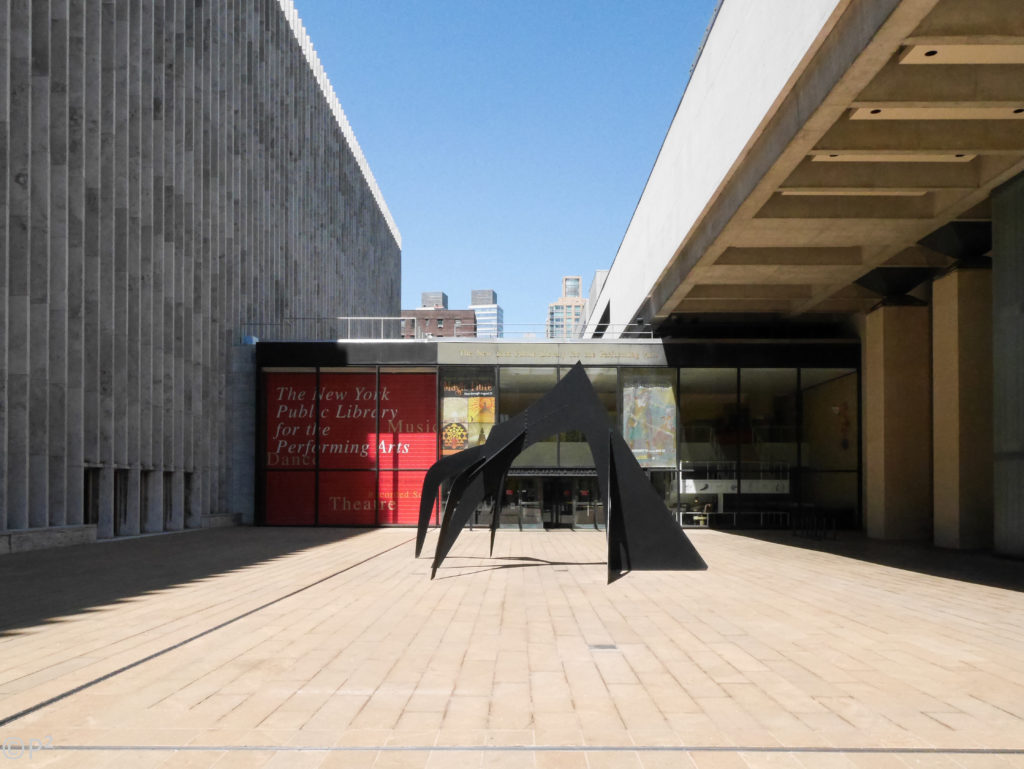


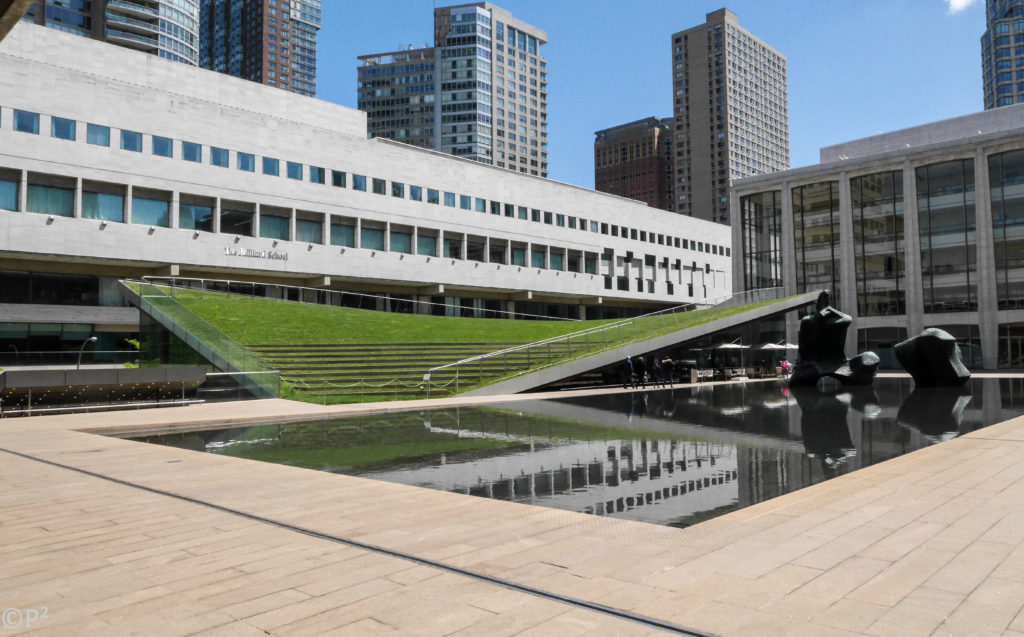



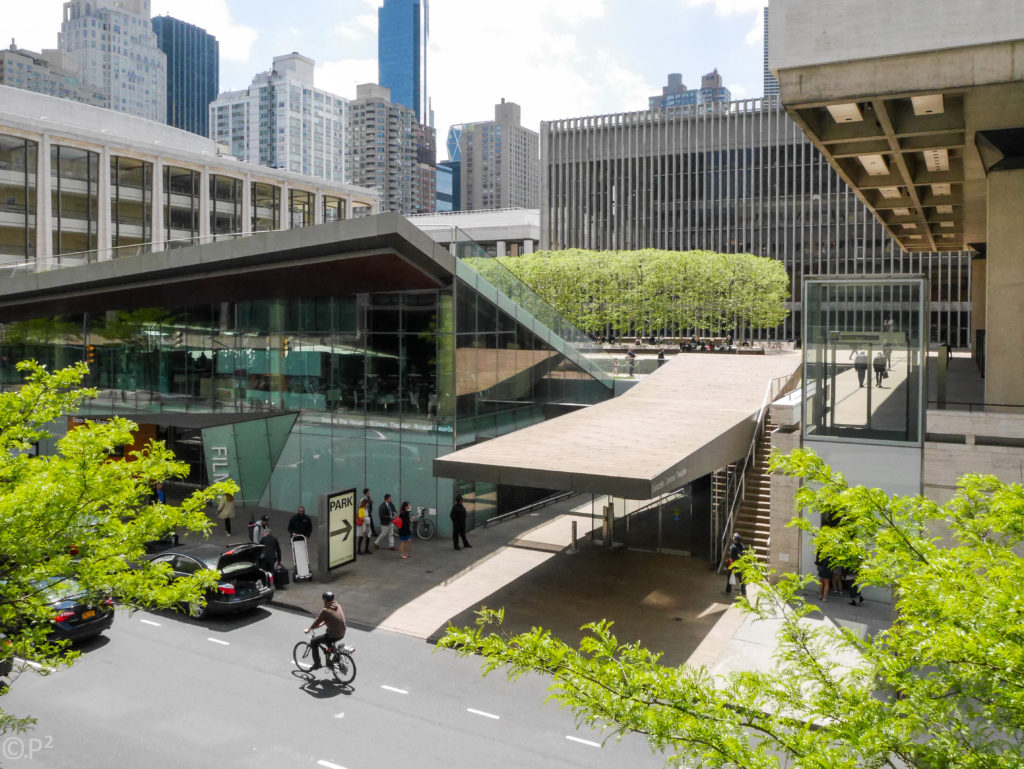

The Juilliard School
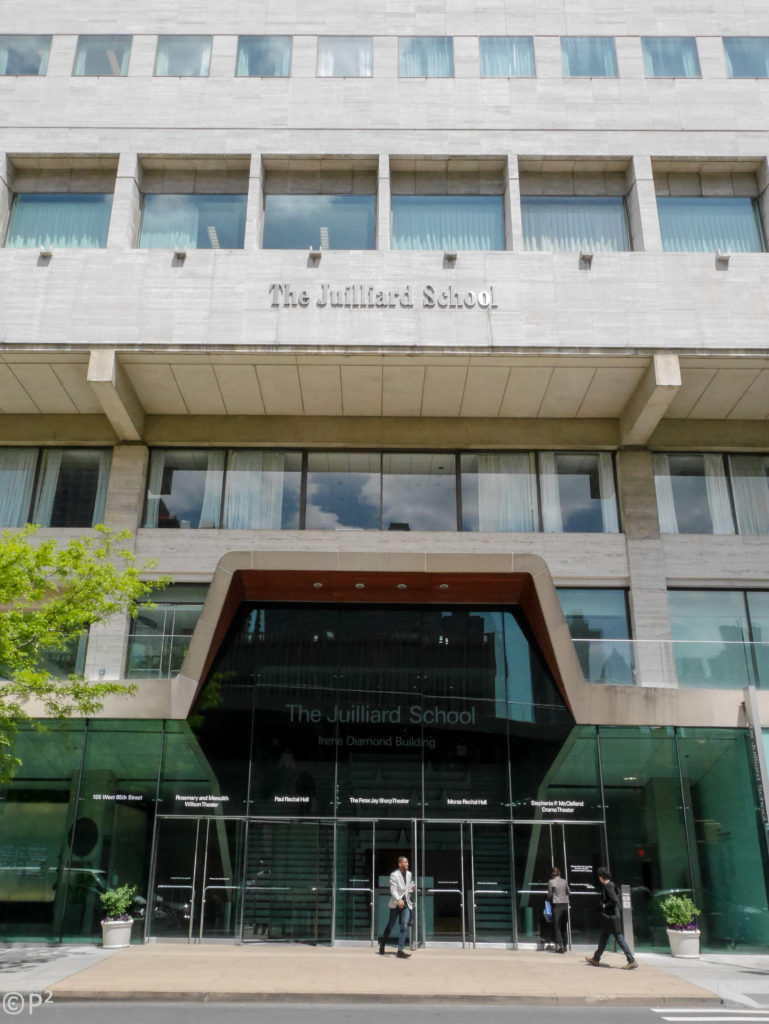
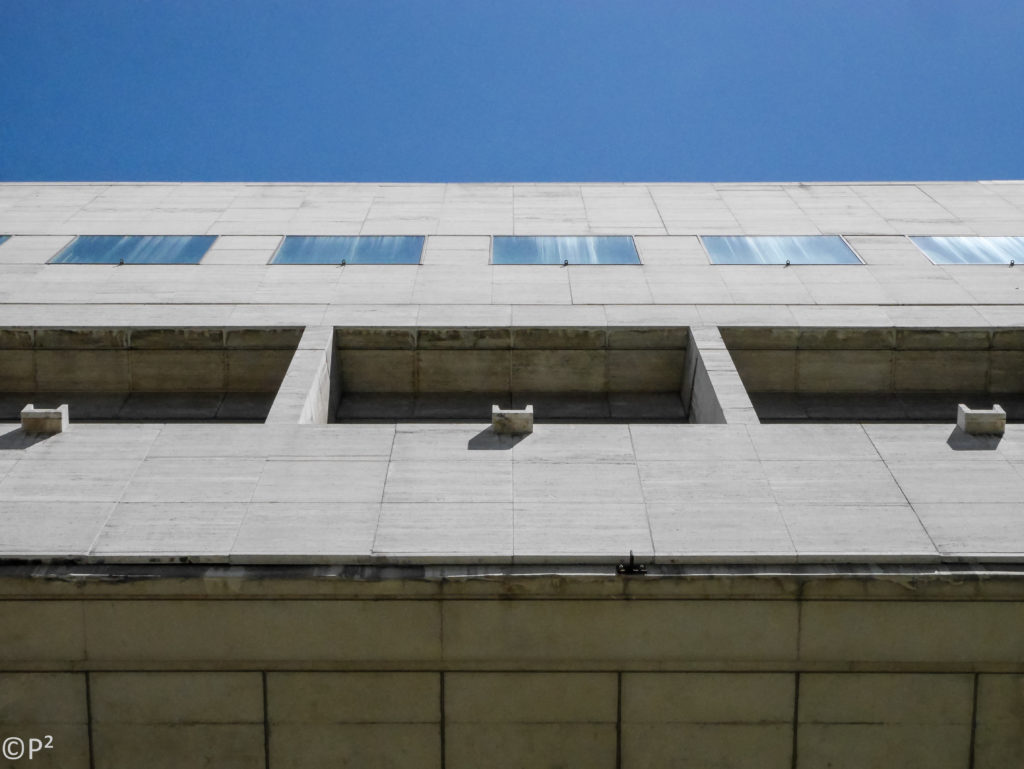
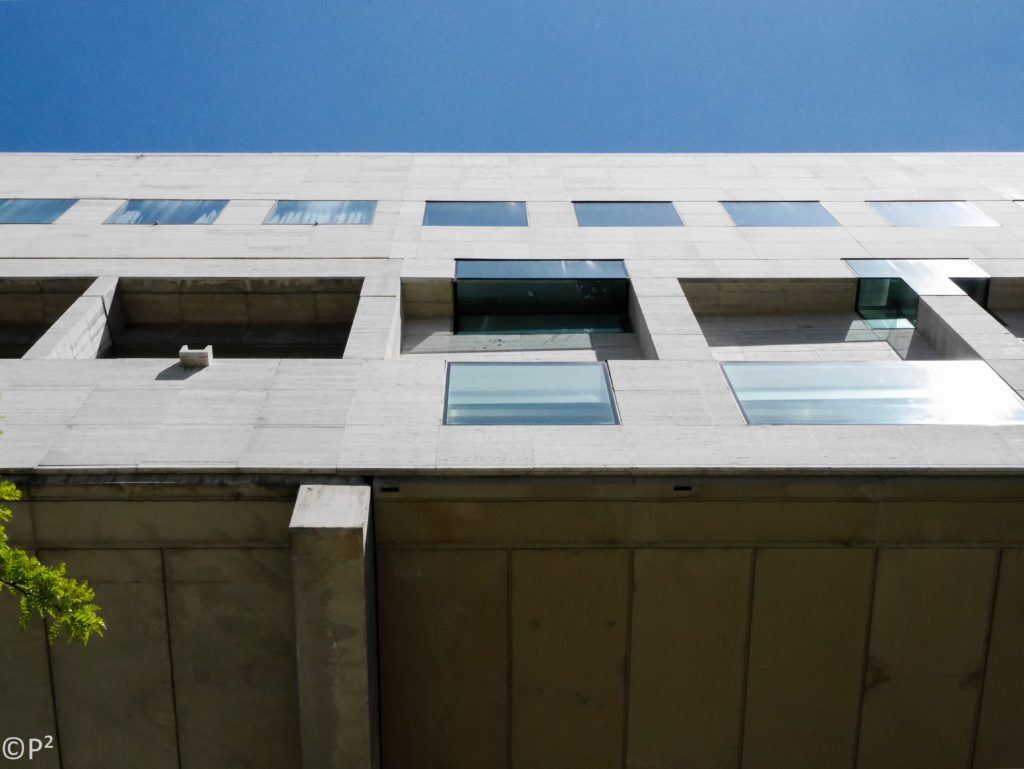



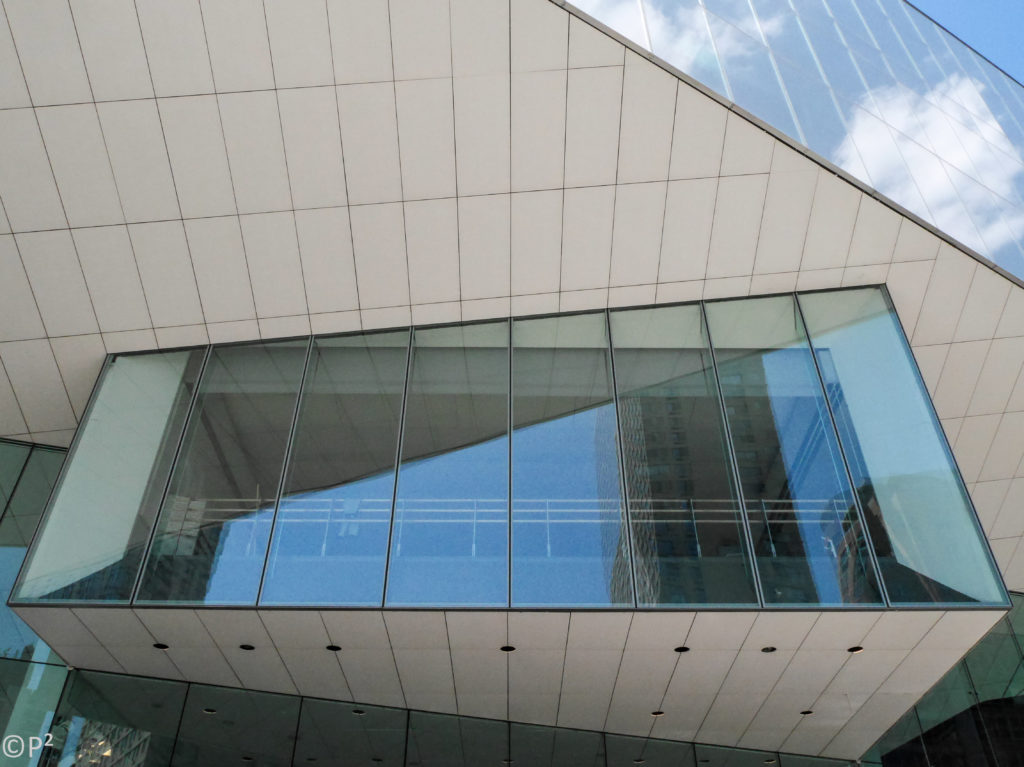
Architects
Architects who designed buildings at the center include:
- Diller Scofidio + Renfro: Public spaces, Hypar Pavilion and Lincoln Ristorante, The Juilliard School, Alice Tully Hall, School of American Ballet, Josie Robertson Plaza, Revson Fountain, President’s Bridge (over 65th Street) and Infoscape
- Max Abramovitz: David Geffen Hall, original design of Josie Robertson Plaza (with Wallace K. Harrison and Philip Johnson)
- Pietro Belluschi: The Juilliard School (including Alice Tully Hall). Modified by Diller Scofidio + Renfro in association with FXFOWLE Architects
- Gordon Bunshaft: The New York Public Library for the Performing Arts.
- Wallace Harrison: the center’s master plan, the Metropolitan Opera House, and original design of Josie Robertson Plaza (with Max Abramovitz and Philip Johnson)
- Lee S Jablin: 3 Lincoln Center, the adjacent condominium built by a private developer
- Philip Johnson: New York State Theater, now known as the David H. Koch Theater, original design of Josie Robertson Plaza (with Wallace K. Harrison and Max Abramovitz) and original Revson Fountain
- Eero Saarinen: Vivian Beaumont Theater
- Davis, Brody and Associates: The Samuel B. and David Rose Building.
- Billie Tsien, Tod William: The David Rubenstein Atrium
- Hugh Hardy/H3 Hardy Collaboration Architecture LLC: The Claire Tow Theater
- WET Design: Revson Fountain
- Nina Rappaport and Ken Smith
[excerpts from Wikipedia: https://en.wikipedia.org/wiki/Lincoln_Center]
